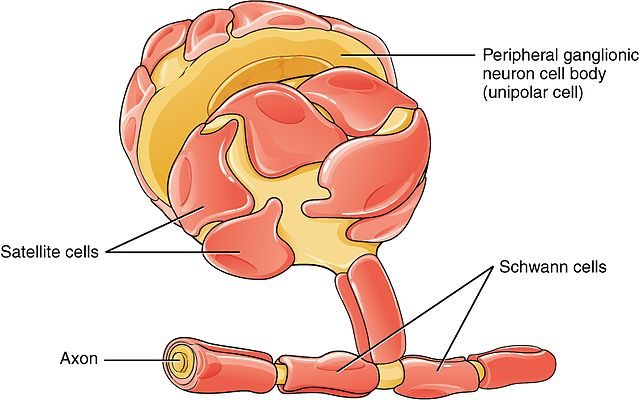While Luria-Bertani broth (LB) has long been the fuel that powered Molecular Biology and Biochemistry, there is an increasing movement towards more specialized and complex bacterial media formulations such as Terrific Broth (TB), Plasmid DNA Media (PDMR), and Autoinduction Media (ZYP-5052). These media formulations optimize E. coli cell growth and performance utilizing specialized carbon sources and phosphate buffering systems, and the preparation of these media always solicits the same question: Why can’t I autoclave all the ingredients together? The answer: chemistry.
Sugars and Amino Acids
Sugars are often added to media to serve as an energy rich carbon source (glucose in PDMR), and sometimes to also elicit a particular metabolic response from the bacteria (glucose and lactose in ZYP-5052). The base for almost all media is amino acid-rich powders such as yeast extract and tryptone. There isn’t any apparent incompatibility with sugars and amino acids, and there isn’t – at room temperature. In the autoclave, however, sugars and amino acids fall victim to the Maillard reaction. In this reaction, the amino group of an amino acid reacts with a carbonyl group of a sugar, fusing the two molecules together. This is a common reaction in our kitchens, making bread crusts brown, and changing the flavors of foods as we cook them.
The problem with this occurring in our media is two fold: first you are exchanging valuable molecules for ones that the bacteria might not be able to utilize, and second, these new molecules tend to be unstable and break down into compounds that may actually inhibit bacterial growth. These types of compounds are formed frequently enough that back in the day there were papers written describing the detrimental effects of autoclaving on bacterial media. The extent with which this reaction occurs depends on many variables, including the types of sugars that are present, the length of time that the media is autoclaved, and the types of salts that are present. Therefore, sugars should be autoclaved separately from amino-acid (and protein) containing solutions, if at all.
Sugars and… Themselves
Caramelization, also tasty chemistry that commonly occurs in the kitchen, is the heat-induced breakdown of sugars. Although caramelization isn’t as chemically defined as the Maillard reaction, it also produces browning and can generate some compounds inhibitory to bacterial growth. The reaction depends on temperature, time (at elevated temperatures), the type of sugar, and pH. Although caramelization often doesn’t occur during autoclaving if the autoclave is calibrated correctly and the sugar solution is retrieved promptly at the end of the run, if the conditions are right, then it can occur. For this reason many researchers choose to sterilize sugar solutions by filtration.
Phosphates and Metals
The growth of E. coli cultures is inhibited at low pH, and growing cultures release acids into the media. Therefore including a buffering system to the media will increase the maximum cell density attainable, and a mixture of mono- and di-basic phosphates is a cheap buffer system to keep the pH of a culture near neutral. In addition, some of the phosphate can be utilized by the growing culture as a nutrient. The only problem with phosphate is that it tends to precipitate ionic metals in a temperature and pH dependant manner. Even media that hasn’t had metals specifically added to it still likely contains trace amounts that were brought in from the yeast extract or tryptone.
If you autoclave the media with phosphate added to it, a precipitate will often form that does not form if the two components are autoclaved separately and then mixed at room temperature. This isn’t necessarily intuitive, since the solubility of many of the salts that we work with are enhanced at higher temperatures, however any salt that undergoes exothermic dissolution will be prone to precipitation at higher temperatures. To complicate matters, any significant precipitation of phosphate from the media will likely change the pH of the media, since the cation will selectively pull down one ionic form of the phosphate. Depending on the cations that precipitated with the phosphate and the resulting pH change of the media, the precipitate may not go back into solution once the media cools. (It would with a pH adjustment, but that generally cannot be done while maintaining sterility). Consequently, phosphate solutions are autoclaved separately, and aren’t added to the other media components until the temperatures are below 40°C or so.
Although separating some of the components of these specialized media adds a small amount of time to their preparation, doing so increases the consistency of their performance. If you have any other hints or tips to add, let us know in the comments!







